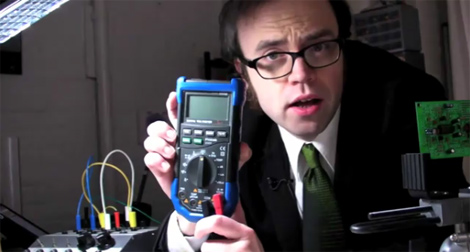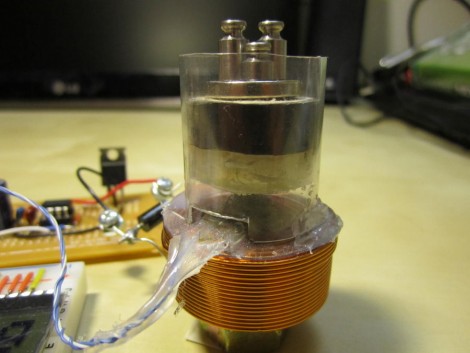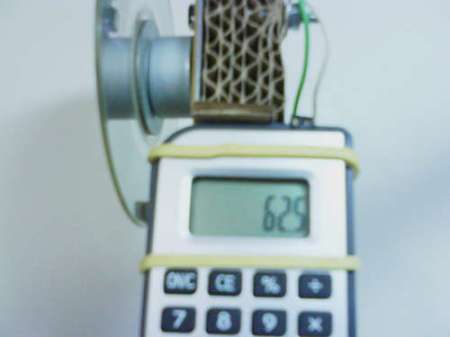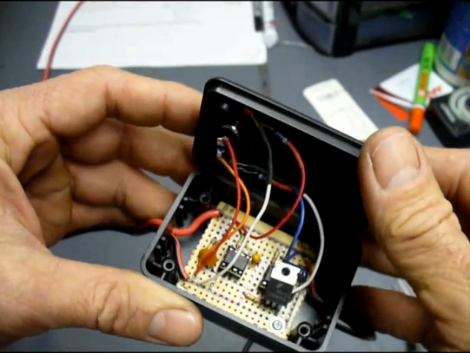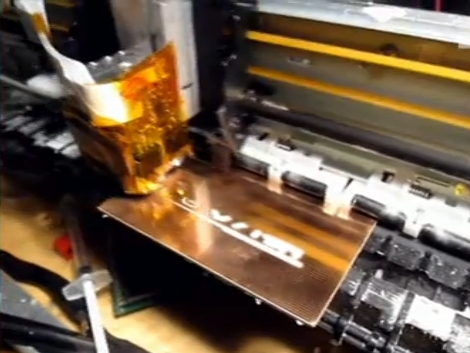
What if there were only two steps for making your own printed circuit board; print, etch? That’s what [Jeff Gough] has been working on and he presented the process in his talk at 27C3. In the first portion of the video after the break [Jeff] talks about various industrial PCB manufacturing processes in a depth you may not have heard before. We found it to be interesting but at about thirty minutes into the clip he begins the presentation of his modified printer. It’s an inkjet that can print wax onto copper clad board. The wax acts as a resist for chemical etchants, and provides very high resolution. He’s using a heavily modified print head, which brings to mind that diy piezo inkjet head which also has wax printing in its future plans. This certainly seems promising and if the process can be simplified it might do away with the toner transfer method.

